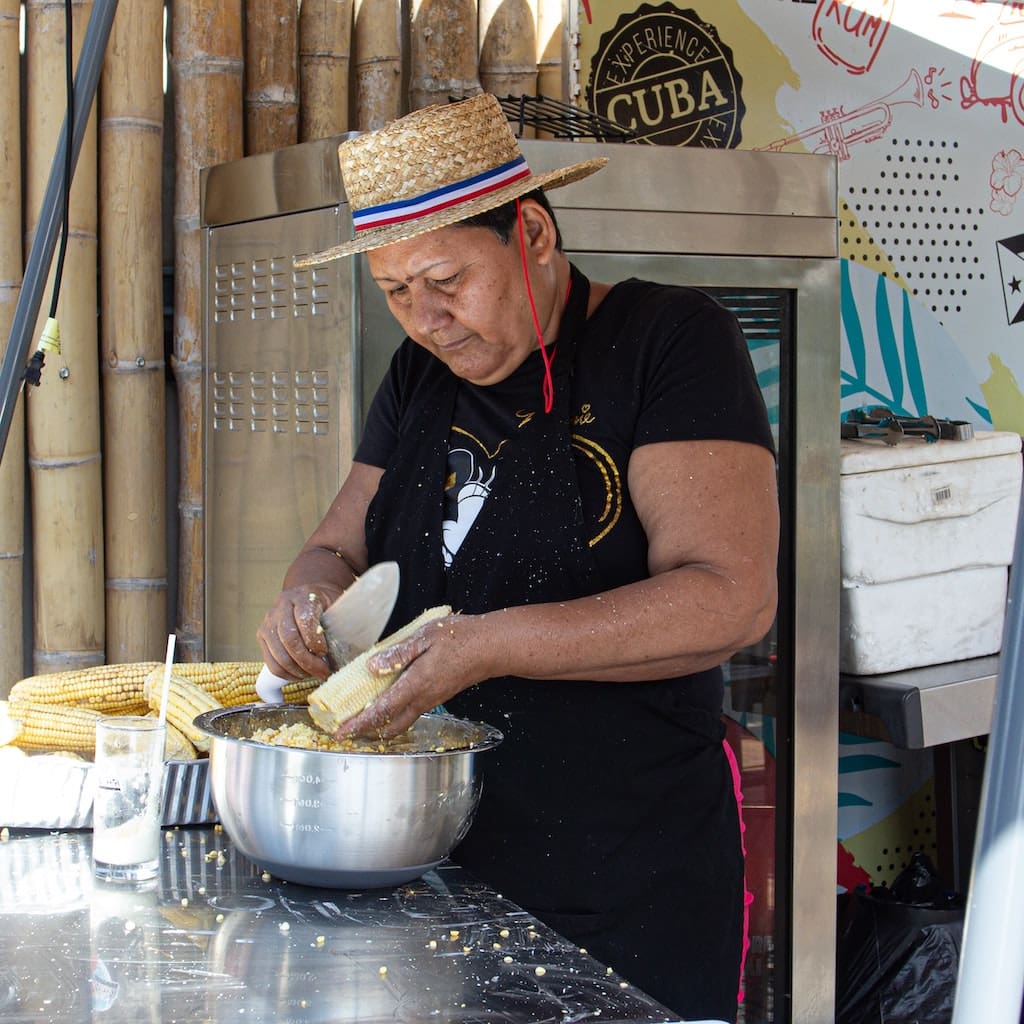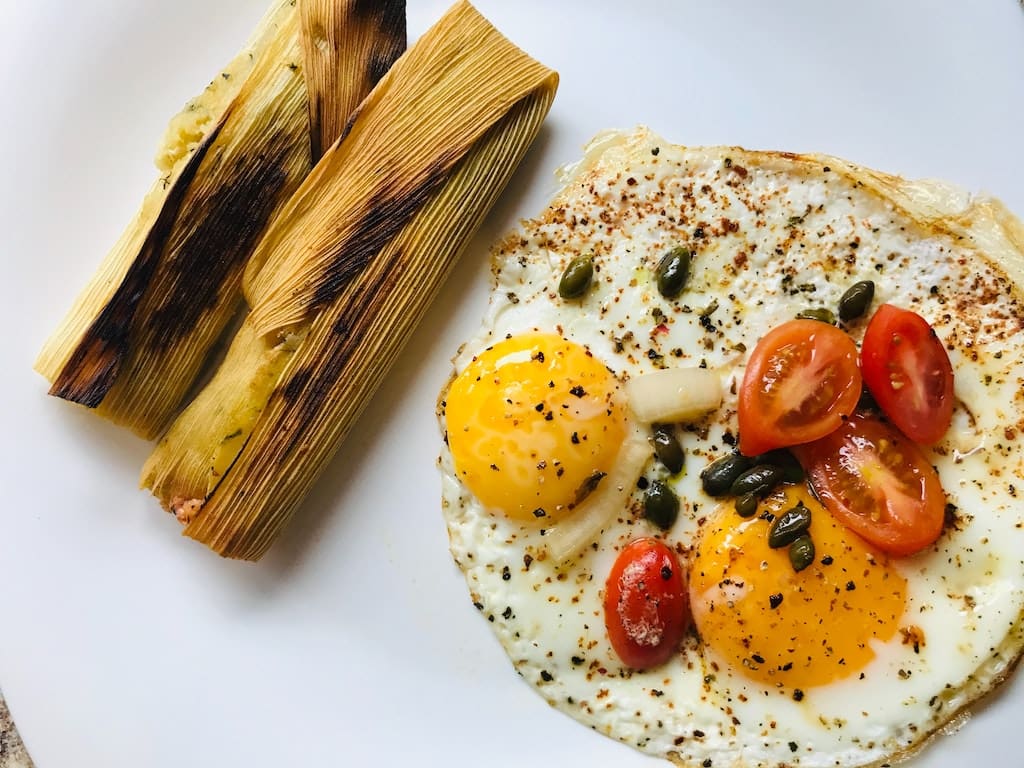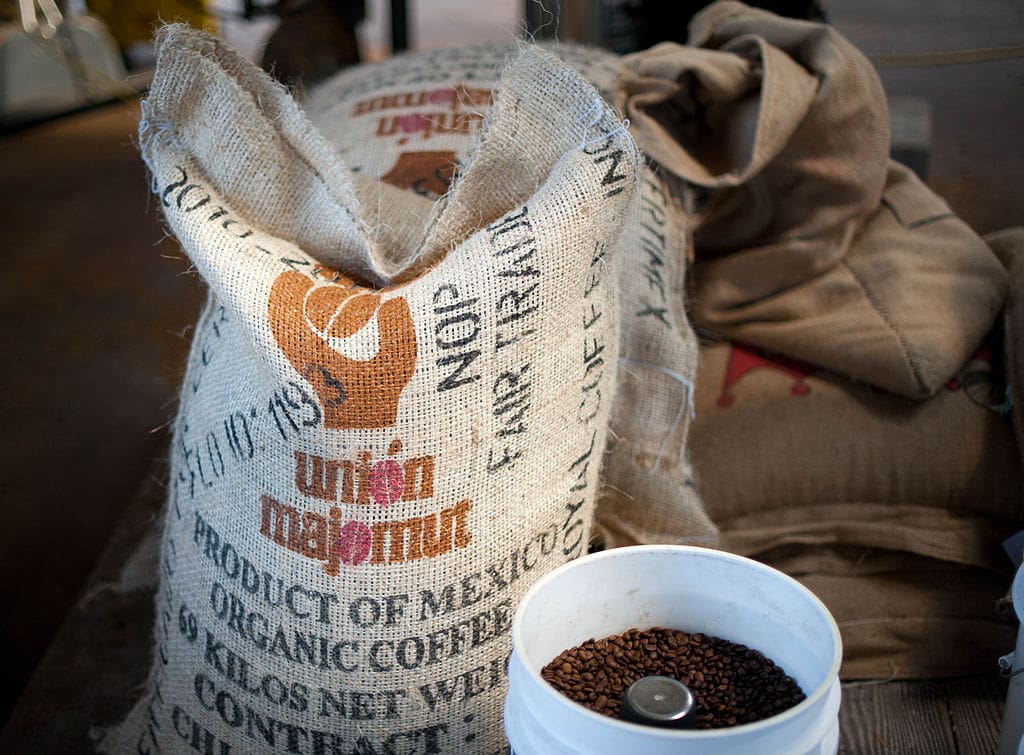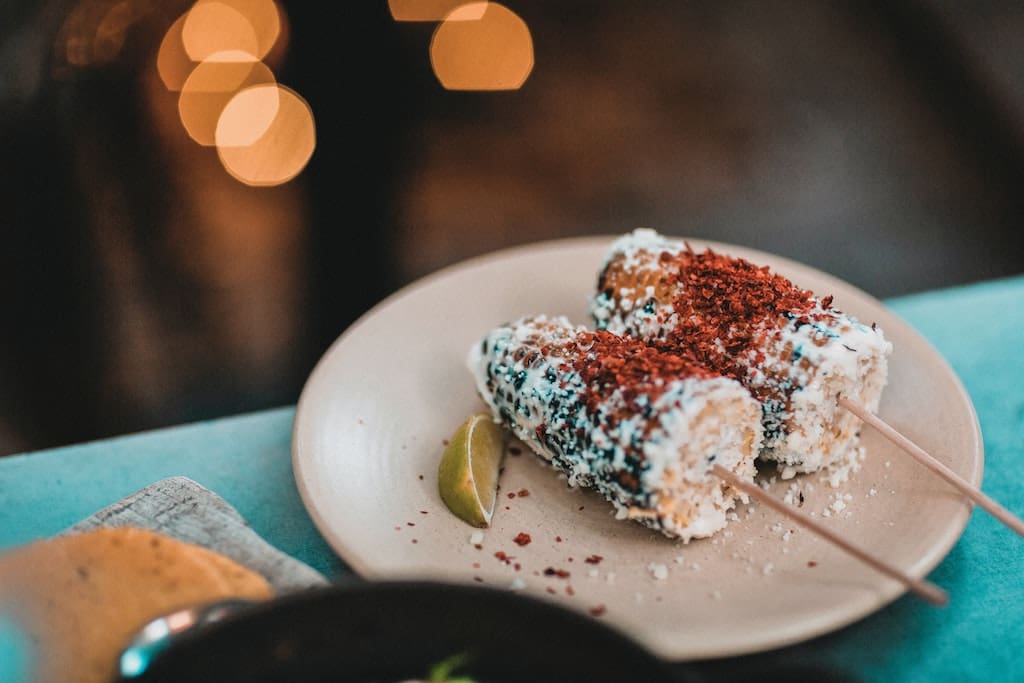In our opinion, food—especially street food—is one of the best ways to connect with a local culture and destination. On our upcoming Mexico City: Aztec Adventure travellers will have ample opportunity to take a bite out of the country’s world famous cuisine—so famous, it’s one of only two cuisines with UNESCO World Heritage status (Japanese, aka Washoku, being the other).
Unfortunately, the majority of us gringos only know Mexico’s mighty taco. And while tacos are certainly a gastronomic titan in their own right, today we wanted to salivate over the country’s many other culinary contributions.
So without further ado, here’s our recommendations on what to put in your mouth during our big gay Mexico tour.
Tamales

Tamale vendor in Mexico City. 
Fancy tamales served with eggs. 
Traditional steamed tamales.
Second to tacos, tamales are one of Mexico’s most defining dishes. Although these tantalizing steamed rolls are served throughout the day, in Mexico City many locals primarily enjoy dry corn leaf tamales for breakfast. In this incarnation, corn masa is steamed inside a husk, cut open and served with a wide range of sauces and flavours. If you prefer a savoury breakfast we recommend ordering the spicy tamales with green chili or mole. For our sweet toothed travellers, get yours topped with strawberry or pineapple.
Typically, Mexicans love to wash down their tamales with atole or champurrado—a thickened breakfast beverage that comes in strawberry, chocolate or rice flavour. Most tamale vendors are prepared to ladle out both drinks on request.
Licuados

Liquados is a Mexican breakfast smoothie. 
Mamey.
Speaking of breakfast beverages, we highly recommend keeping your sleepy eyes peeled for liquados stands which are easily identified in the morning by their glass dome fruit displays.
Liquados is a Mexican fruit shake with a decadent evaporated milk base. The most common flavours are banana & chocolate and strawberry. But in our opinion, travellers should give the unusual mamey fruit a whirl. Mamey is a creamy orange tropical fruit that has a texture and appearance often compared to avocados. When in Rome Mexico City, am I right?!
Mexican Coffee

As one of the world’s premiere coffee producers, it should come as no surprise that you can get an excellent cup of Joe almost anywhere in the city. But one of the most authentic ways to order your morning brew is from the many bicycle coffee vendors pedaling along the city’s cobblestone streets. A high quality Mexican coffee is noticeably milder than other brews and has a distinct nutty flavour. It should be dry, have light acidity and a medium body.
If you are ordering from a Mexican bicycle vendor, why not also grab one of their pastries… or five. Most of the vendors carry freshly baked moños (a simple puff pastry sprinkled with sugar) and conchas (a Mexican sweet roll that resembles a seashell) to dip in your java juice.
Chilaquiles & Tortas de Chilaquiles

Let’s begin with chilaquiles, Mexico’s down and dirty answer to the all-American hash. Essentially, chilaquiles are fried tortilla chips smothered in chili sauce, sour cream, cheese and onion. But the excitement doesn’t stop there—level-up this decadent disaster with fried eggs, avocado, steak or chicken.
As busy travellers we often have sights to see and tours to experience. So we may prefer breakfast on the go. Enter tortas de chilaquiles. In this version, the aforementioned nacho hash is piled onto a freshly baked bollilo (Mexican bun) so you can strut the streets while chowing down.
Dorilocos

For the ultimate in junk food experiences get yourself a serving of Dorilocos. This snack is very popular with young school children, but there’s no reason a fully grown adult can’t assault their taste buds (and waist line) every once in awhile too.
Okay, so stay with us on this one: Dorilocos are a large serving of Doritos chips topped with deep fried pork rind, shredded jicama, carrot and cucumber. Various pickled fruit and soy-sauce peanuts are added alongside a generous serving of—wait for it—gummy bears. The potato chip salad is then hit with splashes of lime, Valentina’s, another hot sauce and a traditional chamoy sauce (a sweet and spicy condiment). Finally, the chaotic midday snack is often served inside an actual Dorito’s bag with plastic cutlery, napkins and a side of guilt. Just kidding!—the napkins are extra. 😉
Quesadillas

Not to be confused with Taco Bell’s sad, limp cheese quesadillas that couldn’t satiate a 7-year-old, authentic Mexican quesadillas are a hearty and robust meal in themselves. They’re often stuffed and pan fried with a variety of toppings that go well beyond shredded orange cheddar and iceberg lettuce. The tortillas themselves are also larger and can come in white, yellow or blue corn variations (see photo above). Typical Mexican quesadilla fillings include guisado (braised meat), potato and chorizo or steak. And while cheese can be added, it is not a requirement.
Tostadas
Another use of the Mexican tortilla is in tostadas. In this case, the tortilla is fried to a crisp and used as a makeshift plate for toppings to be ladled onto. Just like the quesdadilla, various guisado are the primary topping such as a spicy chicken tinga or birria (see the next listing). Coastal Mexican cities also have a particular fondness for topping tostadas with ceviche—a citrus marinated seafood dish that also can’t be missed. Other toppings can include beans and potato, guacamole and fresh salsa.
Birria bowl

Hailing from the province of Jalisco, traditional birria is a savoury goat stew with that distinctly Mexican zip. In other words, it’s braised with considerable (read: colossal) amounts of citrus and Mexican peppers such as ancho and guajillo. The braised meat can be served in a taco, on top of tostadas as previously mentioned, or in a bowl with its own juices. While each vendor’s recipe will vary, you can except a mouth-watering umami flavour, plenty of heat and lots of freshness from the citrus and toppings such as red onion and cilantro.
Tlacoyo

Okay, okay. So you’d probably heard of tamales and tostados before reading this post. But have you ever heard of tlacoyo? These torpedo-shaped tortillas are one of Mexico’s best kept secrets. The tortillas are thicker than say taco-tortillas, and they’re stuffed with everything from beans and cheese to fried pork rinds (chicharron) or even prepared cacti pads (nopales). The final product is then topped with salsa fresca, cheese and cilantro. One COULD consider these Mexico’s take on hand pies, but they’re usually served as a snack or as a side dish with a heartier stewed dish.
Camotes
Historically speaking, Mexico’s most traditional street food comes in the form of camote carts (sweet potato carts). At these ma and pa shops, vendors roast sweet potatoes and plantains inside a charcoal oven and serve the vegetables with strawberry jam, cinnamon and/or condensed milk. This ‘berries and cream’ topping plays up the natural sweetness in the sweet potatoes, which have already begun caramelizing in the pressure cooker.
Tip: If you’re interested in tasting these sweet and smokey legumes, listen rather than look for the carts as they’re easily identifiable by the loud whistling their ovens make as vendors release steam. See video above!
Elotes & Esquites

Say it’s 2am and you’re stumbling back to your hotel from Zona Rosa. Your stomach is grumbling and you need to refuel after a night of sweaty shenanigans at the discotheque. In this case, keep a watchful eye out for vendors slinging elotes (Mexican corn) and esquites (kernels)—don’t worry, even a drunken eye will be able to spot these plentiful street food vendors. Elotes are by far our favourite late-night snack—fresh corn cobs are skewered and roasted over charcoal before getting slathered with crema, cheese, lime and chili. Meanwhile esquites is a small bowl of kernels topped with chicken broth, cheese and chili. Both elotes & esquites are Mexico’s answer to the post-club shawarma (or poutine for us Canucks).
Churros

Last but far from least, Mexico’s preferred sweet treat is the mighty churro. This Western European street food arrived in Mexico during colonization in a big way. As per the Euro version, a sweet, enriched dough is piped directly into a deep-frier and sprinkled with cinnamon and sugar. The churro can be eaten as is or filled with everything from dulce de leche and chocolate to strawberry jam. The process of stuffing churros with sauce differentiates them from Europe where they’re normally dipped.
Craving Mexican street food?
While our Mexico City tour isn’t necessarily a foodie foray, we’ve purposefully left most meals open so you have the opportunity to discover the city’s culinary culture on your own. Also an optional cooking class is available during the tour’s Puebla portion. It’s during this class you can learn the secrets to mole (Mexico’s famous savoury chocolate sauce) and it’s regional cuisine.
Beyond Puebla and the gorgeous capital, this short 5-day escape also includes stops at Teotihuacan and Cholula. We run two departures per year and we’d be more than happy to host you on one in the near future. Until then!
Photo credits
Header photo courtesy of Unsplash.com. All other photo credits from top-down: Unsplash.com X 3, Wikipedia Commons X 6, Unsplash.com X 2.
Featured Posts
Our upcoming Mexico City: Aztec Adventure largely takes place in the North American megalópolis itself. If you're not able to join our tour we put together this useful gay guide to get the most out of your visit. Read on! Read More
Loosen your belt buckles and bite into today's indulgent episode of The Gay Travel Podcast. Carl Hiehn is back in the studio to help us dish out our three rules for food travel. Read More